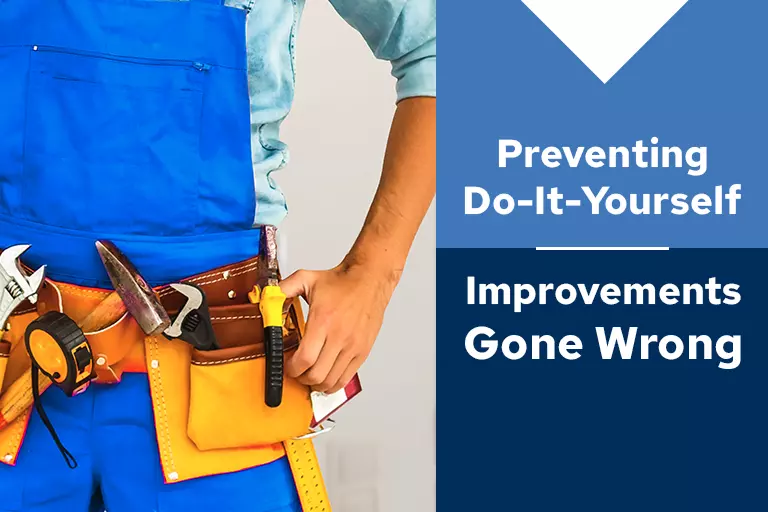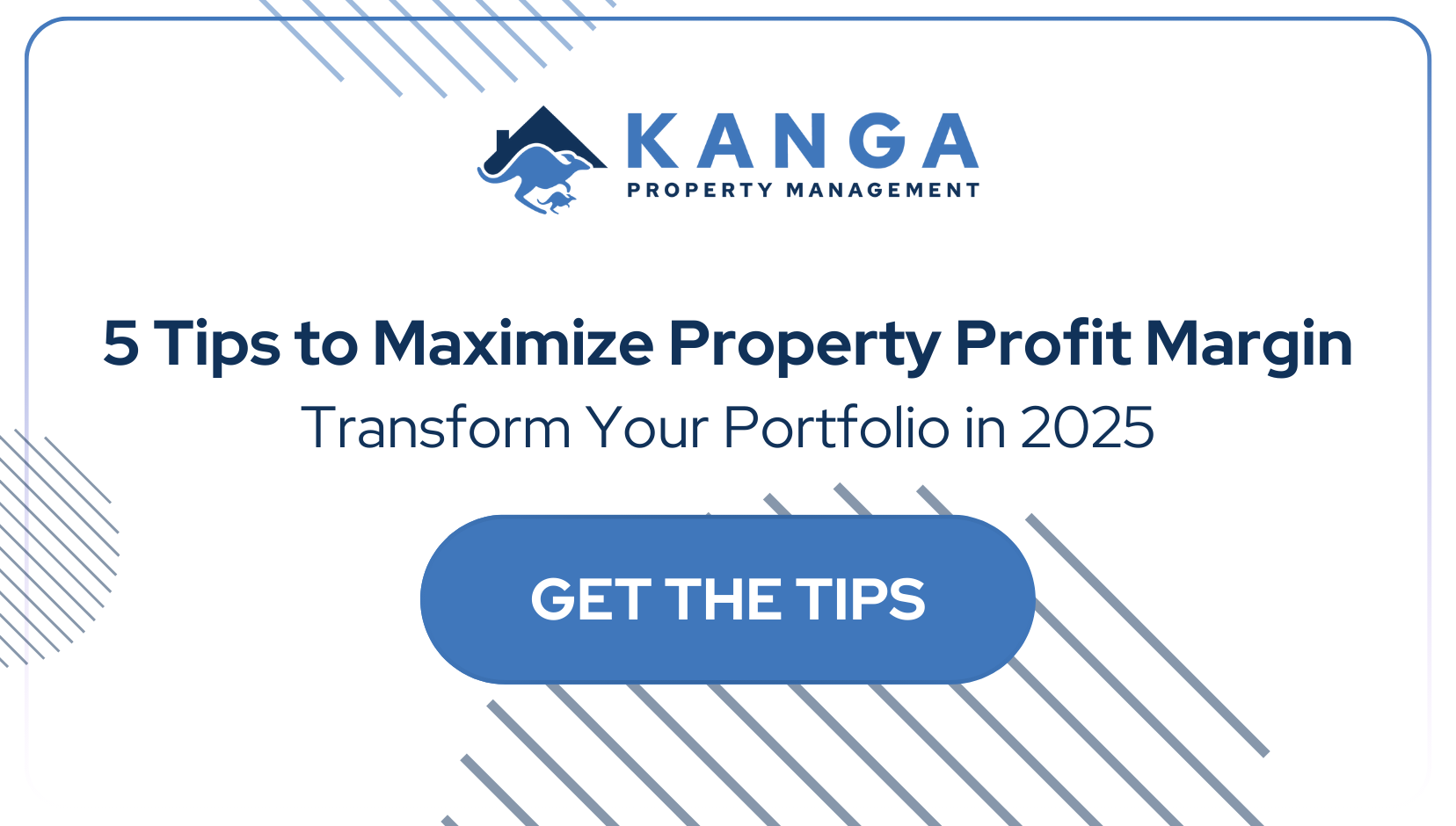
Preventing Do-It-Yourself “Improvements” Gone Wrong at Your South Florida Rental Property
As a landlord, you’re always looking for ways to save money and increase your property’s value. While do-it-yourself (DIY) projects can seem like a great way to do both of these things, they can often go wrong if you’re not experienced in home improvement. In this article, we’ll discuss some of the most common DIY mistakes landlords make and how to avoid them. We’ll also provide some tips on how to get the best results for your South Florida rental property.
The Top 5 DIY Mistakes Landlords Make & How to Prevent Disaster
When considering DIY improvements for your South Florida rental property, don’t fall into these common mistakes.
1. Don’t Assume a DIY Solution Will Build Value.
One of the biggest mistakes landlords make is assuming that any DIY project will automatically add value to their property. This isn’t always the case – in fact, many times it can actually have the opposite effect. Before starting any DIY project, be sure to research whether it will add value to your property. For example, dangerously wrong structural DIY work on elements like plumbing, and electrical are a liability to your rental property.
How to Prevent? Hire a professional to complete all structural work within compliance with local building codes. Make sure that this work is annually inspected so that you have a record of compliance, and to ensure that the work remains in excellent condition so that any potential problems can be avoided.
2. Don’t Mistake Code Compliance for Quality.
Another common mistake landlords make is thinking that just because a DIY project meets all the local codes and regulations, it must be high quality. In reality, meeting code requirements is only one part of creating a good finished product. Oftentimes, landlords skimp on materials, or rushed timelines can lead to shoddy workmanship.
How to Prevent? Confirm the quality of the work at every single stage or phase of the project. While you can confirm it yourself, it is often better to have a subcontractor come in and provide you with a professional audit.
3. YouTube Tutorials Are No Substitute for Professional Training.
While watching a few YouTube tutorials might seem like a great way to save money on professional contractor fees, it can frequently lead to disastrous results. Many times, the people who post these videos are not professionals and do not have the proper training or experience necessary to complete a DIY project correctly. Additionally, a YouTube tutorial may be covering a project that differs slightly from your own and requires a different approach or method.
How to Prevent? If you’re following a tutorial, make sure it outlines the same project you want to complete. Be sure to check additional sources and don’t leave room for improvisation.
4. Enthusiasm, While Good, Is Not The Same As Skill.
Landlords often make the mistake of thinking that just because they’re excited about a DIY project, they have the skills to complete it. This is not always the case – many times, landlords end up starting projects they can’t finish or making costly mistakes. While it’s good to be confident, overconfidence is typically counterproductive, and will likely result in shoddy work.
How to Prevent? Try to keep your DIY projects within the boundaries of your experience. Results that you’re happy with won’t necessarily impress others, or even rival the quality of a professional. Stick to focusing on cleaning and decluttering with small, aesthetic improvements, like a fresh coat of paint.
5. Air Circulation Is Paramount.
When completing any DIY project, it’s important to remember the importance of air circulation. Without proper ventilation, fumes and other toxins can quickly build up in a closed space, leading to health problems for you and your tenants. Additionally, it’s always better to vent fumes and exhaust outside, rather than in an enclosed space like the attic, as this can invite mold and rot.
How to Prevent? Be sure to connect any and all exhaust vents to the outdoors, and make sure these outdoor vents are professionally sealed. Confirm that you’re following directions and only using specified filters and attachments for ventilation systems.
Achieve The Best DIY Results With These 7 Tips At Your South Florida Rental Property
If you’re really keen on DIY-ing improvements for your rental property, then make sure to stick to the following tips.
- If you don’t have any experience in home improvement, ask for help from someone who does.
- Always start with small, manageable projects. Too many times, landlords take on wide, sweeping improvements that are never completed.
- Do not rush through a DIY improvement. This is a recipe for disaster. Patience is the key to getting it done correctly.
- Spend more on high-quality materials. The cheap stuff will ruin the improvement and give you lousy results.
- Use a budget and create a timeline. Place a cap on what you can spend, and create a realistic timeline in which the improvement should be completed within.
- Understand, and print, all local codes, and regulations. Before starting up on the improvement, make sure every single step meets these laws.
- Think about the overall aesthetic when completing DIY improvements like landscaping, appliance replacement, or interior decor as the overall style needs to be cohesive throughout.
Conclusion
Remember that less is often more. Don’t try to do too much with your DIY improvement– simplicity and a focus on quality are key. Knowing when to hire a professional can save you from DIY improvements going wrong at your South Florida rental property.
If you’re looking to hire a property manager in the West Palm Beach area, give us a call at (877)589-3591 or send us a message with your questions!


